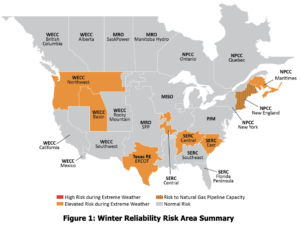The Environmental Protection Agency (EPA) on Monday set the new one-hour standard for nitrogen dioxide (NO2)—formed from vehicle and power plant and other industrial emissions—at a level of 100 parts per billion (ppb). The agency said it would also retain the existing annual standard of 53 ppb.
The final rule strengthening the EPA’s national ambient air quality standards (NAAQS) for nitrogen dioxide follows a recent proposal to tighten the nation’s smog standards. The new NO2 air quality standard must now be taken into account by states when permitting new or modified major sources of NOx emissions, such as fossil fuel–fired power plants, boilers, and a variety of other manufacturing operations.
EPA Administrator Lisa Jackson said that the new one-hour NO2 standard was geared to protect Americans from peak short-term exposures, which have been linked to impaired lung function and respiratory infections.
The EPA also established new monitoring requirements in urban areas that will measure NO2 levels around major roads and across the community. Monitors must be located near roadways in cities with at least 500,000 residents. Larger cities and areas with major roadways will have additional monitors. Community-wide monitoring will continue in cities with at least 1 million residents.
Working with the states, the EPA said it will site at least 40 monitors in locations to help protect communities that are susceptible and vulnerable to elevated levels of NO2.
The agency said it expects to identify or designate areas not meeting the new standard, based on the existing community-wide monitoring network, by January 2012. New monitors must begin operating no later than January 1, 2013. When three years of air quality data are available from the new monitoring network, the EPA intends to redesignate areas as appropriate.
The EPA first established standards for NO2 in 1971, setting both a primary standard (to protect health) and a secondary standard (to protect the public welfare) at 53 ppb, averaged annually. Prior to the current review, the agency said it reviewed the standards twice since 1971 but chose not to revise the standards at the conclusion of each review.
According to EPA data, all areas currently meet the 1971 NO2 NAAQS, with NO2 concentrations measured at community-wide monitors well below the level of the standard (53 ppb). Annual average ambient NO2 concentrations, as measured at community-wide monitors, have decreased by more than 40% since 1980. Currently, the annual average NO2 concentrations range from approximately 10 to 20 ppb.
Sources: EPA, POWERnews









